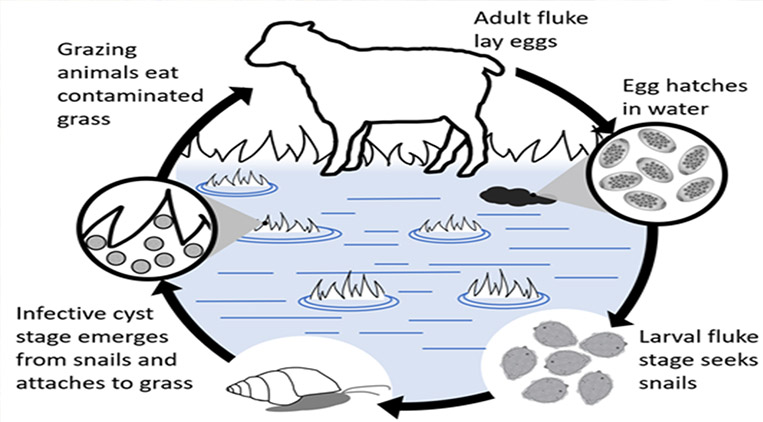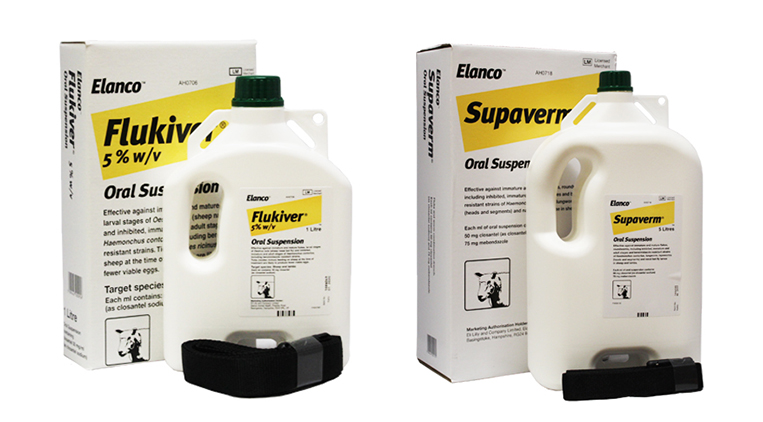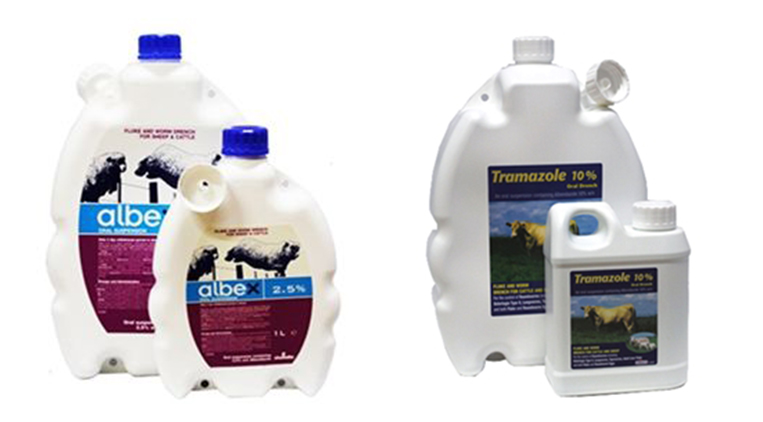
A Grim Forecast
The forecast for the foreseeable makes for grim reading. Of the seven days ahead, only one – Friday – is likely to bring as much as a ray sunshine. The rest of the week is set to be overcast, showery or downright torrential. For sheep farmers, this should be a concern. While the dip in temperature over the last couple of weeks has banished the threat of the blowfly, internal parasites remain a major problem. By now, the fluke parasite will have left the mud snail that hosts it during the summer months and migrated onto grass. Wet grassland, especially, will be full of fluke. If you can, you should keep animals off your wettest fields at this time of year, no matter how lush the grass.

Vulnerable
In a lot of parts of the country, ewes are going to the ram around now. While they should be in peak physical condition at point of tupping, pregnancy puts a lot of strain on the dam’s body. Much of her vitamin and mineral stores are being transferred to the lamb, which is why many farmers choose to administer a bolus prior to tupping. However, even with the advantage of a bolus to sustain her overall health, the last thing you want is for fluke to get a foothold in a ewe during the gestation period. Left untreated, the parasite will attack her liver with gusto and, owing to the pressure the growing foetus exerts on her body’s resources, she will be poorly equipped to resist this attack. In short, pregnant ewes are extremely vulnerable to fluke.
Knowing the Right Treatments
Anthelmintic resistance to treatments is a growing problem on Irish farms. Studies over the past few years have shown the presence of live fluke in the livers of recently treat animals. Therefore, farmers need to be strategic in their approach to treating fluke, particularly in the high-risk autumn/winter period.

No matter what treatment you use, you will probably have to dose sheep more than once during the winter months. There are six common active ingredients in fluke doses: Triclabendazole, Closantel, Rafoxinide, Nitroxynil, Oxyclozanide, and Albendazole. These are sold under several different brand names, but by and large it is the active ingredient that you need to look out for. The different ingredients are more or less useful against the various stages of liver fluke progression in the animal. Thus, it is wise to choose your fluke treatment according to the likely maturity of fluke in your flock.
For instance, Closantel-based products, including Flukiver, are most effective against liver fluke during weeks 4-12 of progression, making them a good dose for treatment at this time of year, when fluke is still relatively immature. On the other hand, Triclabendazole-based products such as Fasinex purport to be effective against fluke at all stages. Albendazole-based products like Tramazole 10% and Albex are most potent as a treatment for mature and developing immature fluke, but less so against early onset.

Thanks for reading
Liver fluke damage is a real and present danger to sheep on wet ground. I have heard stories of farmers losing up to a quarter of the flock after putting ewes to the ram in wetland pasture. To avoid this, regular and astute dosing will be key. As discussed above, if you haven’t dosed within the last few weeks, you should dose now. Realistically, a Closantel-based treatment (Flukiver, Supaverm) is probably the best course at present, since fluke is likely to be at a fairly early stage of development. Towards the end of the year, you should dose again, perhaps with something Albendazole-based. This will provide you with a strong insurance policy against significant ewe losses to fluke during the gestation period.










